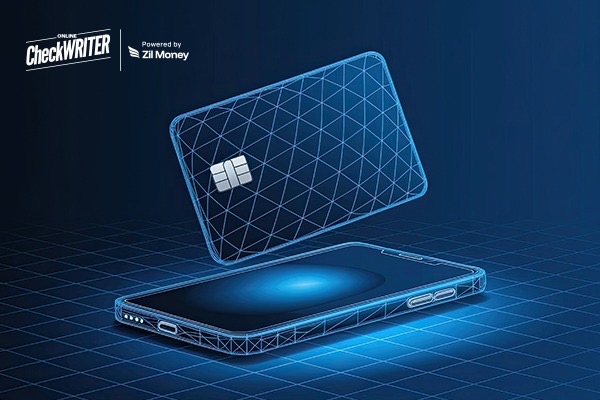Virtual card adoption is revolutionizing business expense management. Expense management remains crucial for small businesses to maintain financial health, but traditional methods are slow and filled with headaches. Virtual cards are at the forefront of this payment evolution.
Zil Money is leading this revolution with its powerful virtual cards, designed to redefine how you pay and get paid. With mostsenior executives expressing concern about corporate spending within their organizations, it’s time to clear the air and bust common myths holding businesses back.
Myth #1: Virtual Cards Are a Security Risk
The Reality: Contrary to popular belief, virtual cards represent a safer alternative to physical counterparts. Nearly 3 in 4consumers now prefer virtual cards for online transactions due to enhanced security features . A traditional card creates a single point of failure; if lost or compromised, your entire account faces risk.
Virtual cards offer disposable alternatives with unique numbers for each transaction. You can create one-time use cards that expire after single purchases or set spending limits for specific vendors. If compromised, you can lock individual cards instantly, leaving other virtual cards and your main account completely untouched.
Myth #2: They Only Work for Online Payments
The Reality: While perfect for online purchases, virtual cards excel in person-to-person transactions through mobile apps. The cloud-based platform allows you to add virtual cards to digital wallets on smartphones, enabling contactless payments wherever you go.
Create dedicated cards for specific purposes—software subscriptions, client meetings, or project expenses—ensuring spending stays tracked and on budget. With virtual card transactions projected to reach 175 billion by 2028, rising from 36 billion in 2023 , businesses are discovering versatility beyond online-only applications.
Myth #3: They Complicate Expense Tracking and Reporting
The Reality: The opposite proves true. High-performing companies achieve 5.8% savings on overall spend through effective expense management practices (5). The platformenables you to create unique virtual cards for every purpose—marketing, subscriptions, specific projects. This approach provides instant, crystal-clear spending visibility. Every transaction gets automatically categorized and logged immediately.
No more waiting for monthly statements or deciphering spending patterns. Transactions automatically categorize based on their virtual cards, simplifying budgeting and financial analysis while addressing the 28% of companies struggling with ineffective expense software.
Myth #4: Issuing Them to Employees is a Hassle
The Reality: Traditional employee reimbursement processes are slow, manual, and frustrating for everyone involved. With the aid of this cloud-based platform, you can issue virtual cards to employees and contractors instantly. Each card maintains unique spending rules, budgets, and purposes, eliminating out-of-pocket expenses for teams.
The payment process becomes effortless for everyone. Finance teams no longer manually process reimbursement forms, verify receipts, and issue payments—the entire process automates. With 66% of companies currently using pre-approved manager verification for operational spend, virtual cards offer superior control while reducing administrative burden.
Myth #5: Virtual Cards Are Just for Big Corporations
The Reality: Zil Money, the cloud-baes platform, puts powerful tools in everyone’s hands. You are no longer in need ofhuge finance departments or massive budgets to start. Small business owners, freelancers, and individuals can create and control virtual cards directly from phones.
The Business Spend Management software market is projected to grow from $23.36 billion in 2024 to $57.22 billion by 2032 , indicating widespread adoption. This payment tool builds on simplicity and accessibility, proving smart spending isn’texclusive to enterprise-level businesses.
Thought Leadership and Call to Action
The future of payments isn’t about complexity; it’s about control. Businesses embracing tools for smart, transparent spending are positioned to thrive. With B2B virtual card payments expected to reach $14.6 trillion by 2029, don’t let myths hold your business back.
Sign up today and create your first virtual card.
FAQs
Q: What is a virtual card?
A: A digital payment card existing only on computers or smartphones, featuring all physical card details with enhanced protection and control.
Q: Can I set spending limits on virtual cards?
A: Yes. Features include custom spending limits, expirationdates, and merchant restrictions for each created card.
Q: How do virtual cards help with expense management?
A: Using virtual cards for each vendor automatically tracks, categorizes, and controls spending.







